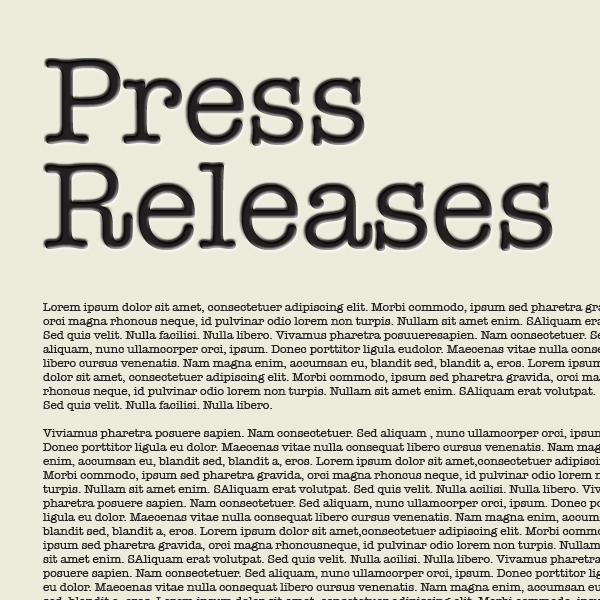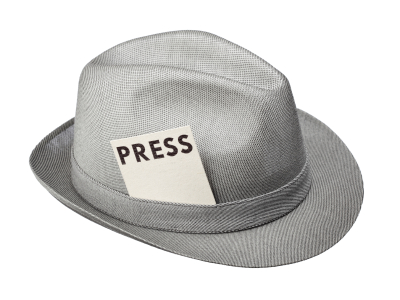Exhibit Design Search / Trade Show and Event Tips / Become an Exhibit Marketing Expert /
Press Kits, Press Releases, and Trade Shows: Maximizing Your Exposure
 Trade Show Press Releases and Press Kits
Trade Show Press Releases and Press Kits
- Clarity of Purpose and Economy of Words should be your two rules of thumb
- ALWAYS use the correct press release format
- For a more economical alternative, choose to send an e-press release
- Make sure you are targeting the right audience for your press release
When composing press and promotional materials for your trade show, you need to remember two rules of thumb: Clarity of Purpose and Economy of Words. So, what elements should your trade show press kit include?
Begin with the Beginning
Begin with a cover letter that succinctly describes who you are and why you are contacting them. The cover letter is a standard business letter and should be no longer than one page.
No press kit is complete without the all-important press release. The press release should tie in to some newsworthy event. Your company’s presence at a trade show in and of itself does not necessarily comprise news. You, acting as publicist, need to supply the connection between your company and some larger trend or event. You need to think like a reporter. Why would the reporter or editor want to report your news to their audience?
The press release should always begin with the phrase: “For Immediate Release,” followed by the date. Your contact information should be in the upper right-hand corner of the document. The format is important. The wrong format detracts from the message. If you are uncertain about the format, search the web for examples.
Other Materials
Next, create a catchy headline. Include a dateline, such as Portland, Oregon -- April 10, 2014. Your press release should address the “who, what, when, where, and why” of your story. Keep it brief, with a “just the facts” tone and limit yourself to three or four short paragraphs, totaling no more than one to one and one half pages.
Include “collateral” items. Collateral items are any sort of promos such as postcards and bookmarks, flyers and transparencies, photos or compact discs that contain information about your company and its products. You might want to include a sheet with testimonials from satisfied customers. Your goal is to provide newsworthy information that is easily digestible for a reporter or news agency.
 e-Press Releases
e-Press Releases
For a more economical alternative, you can choose to send e-press releases, following the same format as the physical press release. There are many online press release services, such as PRWeb. Note, some editors prefer e-mail and some a physical press release. It is best to call ahead or check their press release guidelines.
Targeting the Right Audience
Depending on your message, you are targeting national media, industry media, or local media. For instance, if you are targeting local media, you would be wise to research the local media market and send your press kits to local newspapers, radio, and T.V. stations. Check the websites of each news outlet you plan to contact for an employee roster. Look for the name of the business editor or reporter. If you are not sure who the appropriate contact person is, it is better to call and find out than send your materials to the wrong person.
Finally, always follow-up with a quick call or e-mail asking the intended recipient if they received your materials, and if they have any questions you can help them with. Most press kits get lost in the jumble of information overload. If you want your news to be newsworthy, you need to take the time and effort to get your press kit to the right person and present it as information their readers, listeners, or viewers will find interesting or indispensable.
Contact Us
For more information about trade show or event marketing, give us a call or Contact Us. We welcome the opportunity to assist you with your next event.
Mel White, CEI